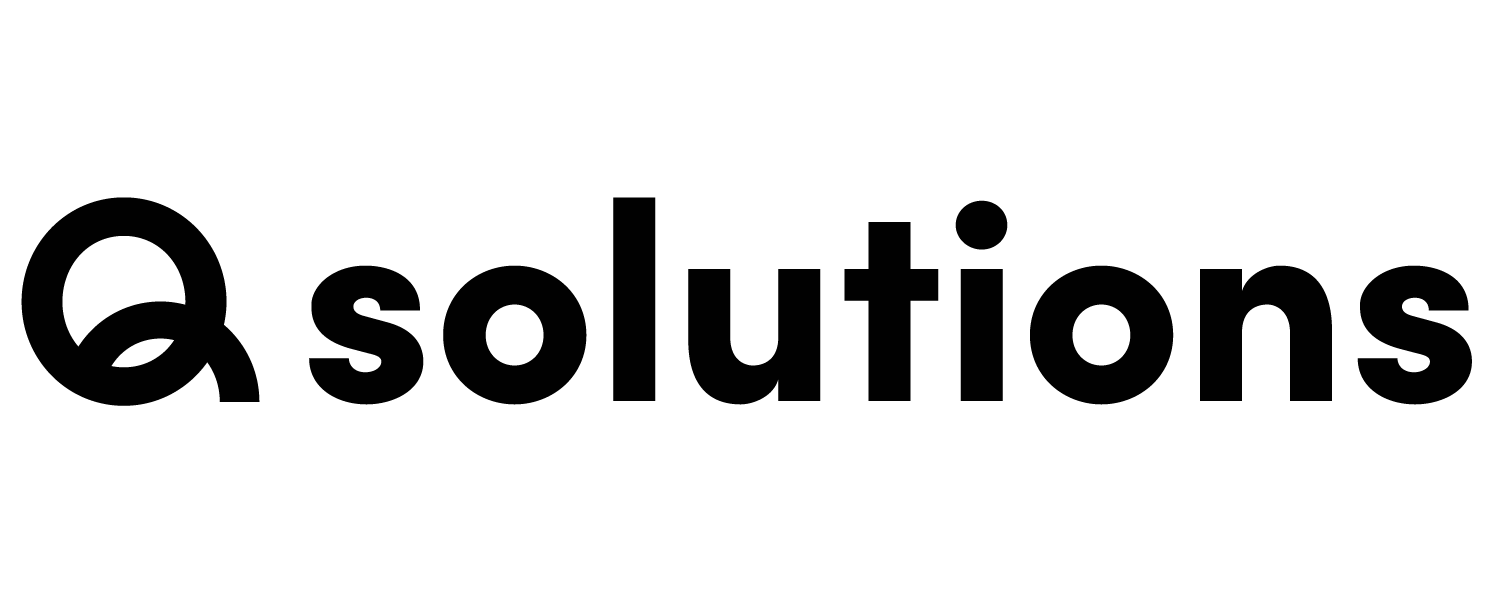Artificial Intelligence (AI) is rapidly automating a growing number of tasks within the publishing and marketing industry and new tools emerge every day. Unfortunately, these tools are used by pioneers who are stuck in their traditional roles. We believe real value lies in implementing these into a collaborative process. We foresee 5 essential content-roles you should implement to unlock the full power of these promising technologies.
Many organizations are stuck in the past, only partially embracing new technology and leaving core processes untouched for far too long. We see individual writers using Chat-GPT or image editors using Dall-e, but still thinking from the perspective of old desktop processes.
If we really want to unlock the power of new technologies, we have to change the rules and completely reinvent work processes. Only then we can really take advantage of what is possible. It is therefore time to seriously integrate new technologies into the organization. So, gone are the days of standing still; it’s time to shake things up. Get rid of partial solutions, let’s talk about real results. We know how to break down barriers and make the most of all that is possible.
5 essential roles in AI-assisted content processes
It’s time to leave silo thinking behind and bring people, processes and technology together. Compared to the current traditional roles, these new roles will take full advantage of new technology to maximize content delivery and really focus on delivering value. These functions are not desktop based, but based on output and delivery.
1. Content directors
The content director defines what content should be created, and how, when, and where it should be published. For example: they decide one article of 500 words with two images should be shared in a local newspaper, on their website, Linkedin, and Twitter.
2. Content programmers
Every platform or output channel is defined by character limits, image dimensions, and other technical requirements. The channel programmer is responsible for programming the rules and boundaries of the content. They can also add automatic translations, and other automatable steps such as image editing, or adding a logo to a video.
3. Content generators
The content generators are responsible for generating media-neutral content using AI for text, images, illustrations, and video. They only need to know a content structure, and other requirements such as image dimensions. This content is saved in a central database (DAM or CMS system). This content will then automatically be put in the right formats as defined by the content programmer.
4. Content validators
Whatever is created, whether it is by AI or humans, experts need to validate whether it hold up to the standards. The content validators check the content for every output channel and can approve it for publishing.
5. Content tweakers
When adjustments are needed, content tweakers can tweak the content to fit the particular channel.
It’s time to shake up the process! Let’s develop solutions together to empower your people to get ahead, prove sight and take frontline positions.
